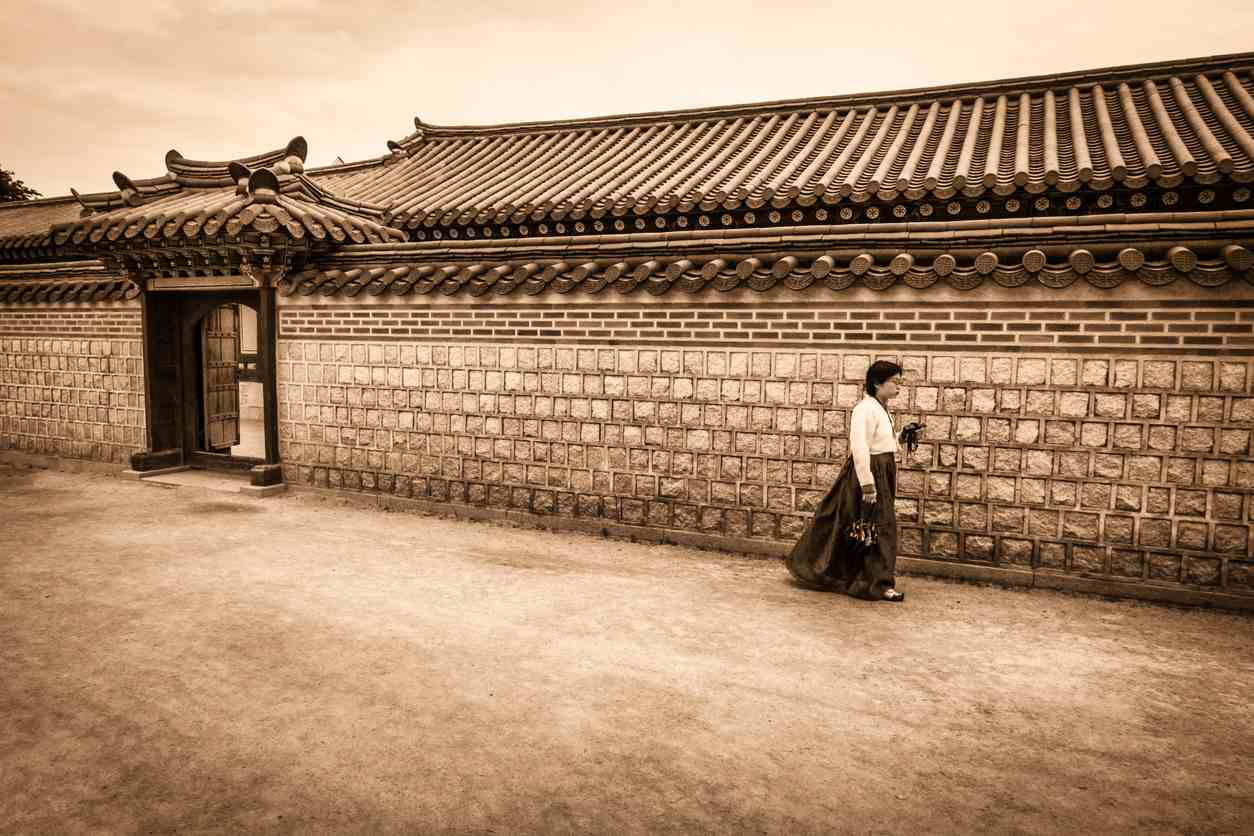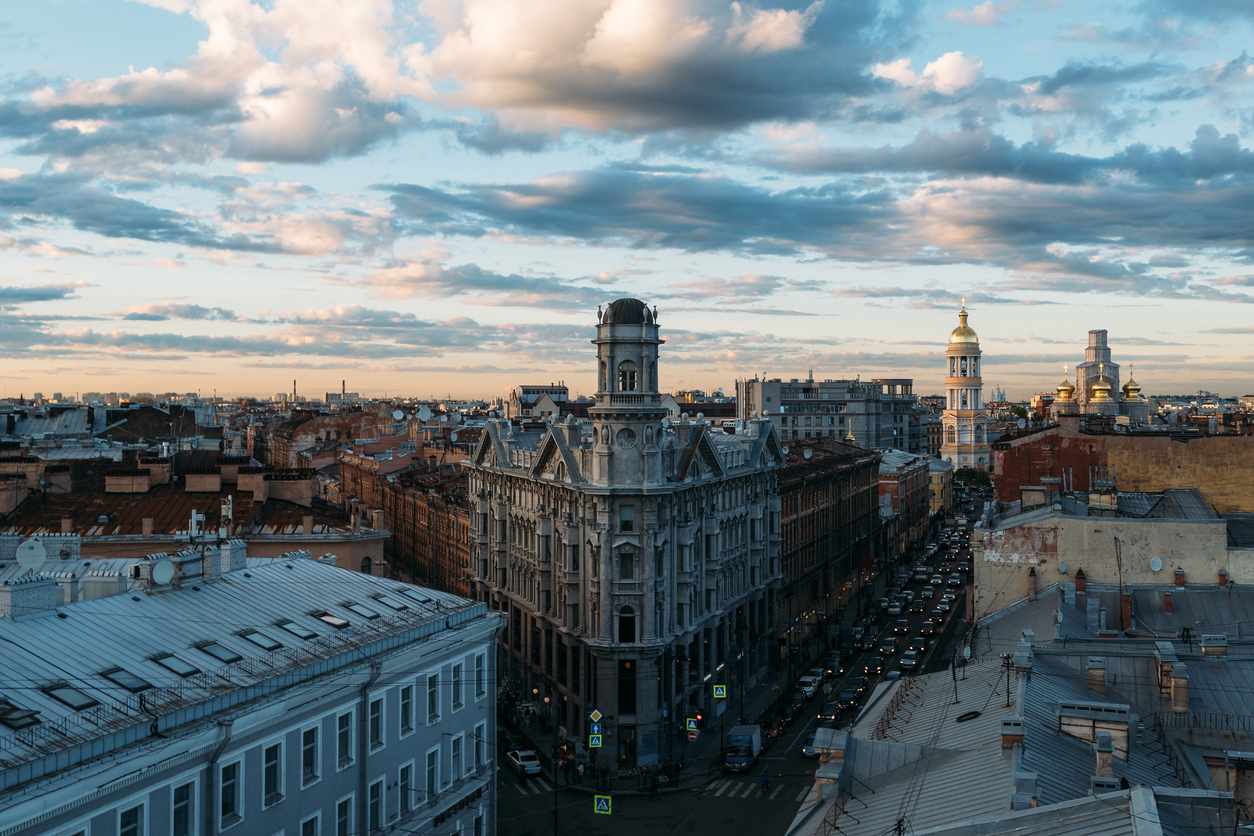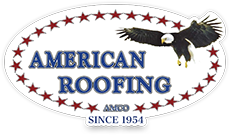
Whether you’re considering food and fashion trends or cycles of war and peace, history tends to repeat itself—and the same is true for architecture. Many ancient roofing techniques are replicated today in a modern way.
Some of the most iconic present-day buildings showcase the same styles found in ancient Egypt, ancient Rome, the Victorian era, and beyond.
So what were old roofs made of? And how has that impacted the design of our buildings today?
Ancient Egypt
Even those who aren’t architecture buffs are familiar with ancient Egyptian architecture. The pyramids were built from 2550 to 2490 B.C., and they remain some of the most iconic structures in all of history. As one of the first civilizations to believe in life after death, the Egyptians built pyramids as extravagant tombs for their pharaohs.
Though pyramids are not built very often in modern times, pyramid roofs can be seen in architecture throughout the world. Today, it is known as a type of hip roof that has four downward sloping triangles. You can find pyramid roofing on many gazebos, sheds, or summer homes.
Ancient Greece
Though ancient Grecian architecture is not as well-known in popular culture, the principles have influenced roofing as it stands today. Homes in ancient Greece and Rome were often made with thatch roofs that had eaves hanging over the home. And today, many American homes have a similar eave style.
Thatched roofs were efficient and served their purpose for hundreds of years, but there was just one problem: the materials they used were highly flammable. The Greeks resolved this issue sometime between 700 and 650 B.C. when they started using roofing tiles made out of fired clay.
Ancient China
If the Greeks had known what was going on in China, they could’ve started using clay tiles much sooner. Ancient Chinese civilizations are credited with inventing clay roofing tile sometime around 10,000 B.C.
The invention of clay tile roofs was key in many ways. The roofs were flame-resistant, water-resistant, and durable enough to last more than 100 years. Clay tile roofing spread across the globe, and this invention was carried into the Americas, where early English settlers used clay tiles in Jamestown, Virginia, and Roanoke Island, North Carolina.
Romanesque
Romanesque architecture has its roots in the Roman style of secular and religious buildings common around 1000 B.C. in Rome. The style blends architectural elements of the Byzantine empire, German styles, and more. This style caught on because it was a more safe and effective way to build larger churches.
There are many distinguishing features of Romanesque buildings, including:
- Semicircular arches in windows and doors
- Roofs supported by barrel vaults
- Piers and walls
- Minimal windows
The Salt Lake City and County building is one of the most iconic examples of Romanesque architecture in Utah today.
Gothic
If you’ve ever visited the beautiful Cathedral of the Madeleine in downtown Salt Lake, you’ve witnessed the stunning impact of Gothic architecture. Known for extremely high and vaulted ceilings and intricately detailed design, Gothic architecture borrowed and exaggerated many elements of Romanesque architecture. The style originated in France in the mid-12th century but expanded across Europe and the rest of the globe through the 16th century.
Gothic roofs were built using ribbed vaulting, which is made of parallel arches created to build a rounded roof. The style also incorporated flying buttresses, arches on the outside of the building that redistribute the weight of the roof to lower parts of the building or the ground.
Victorian
Victorian architecture borrows from styles spanning the centuries, from Gothic Revival to Colonial Revival and Italianate. Though popularized during the reign of Queen Victoria by architect William Burges, Victorian architecture is one of the most prevailing building styles today.
Victoria buildings are known for having at least two or three stories, asymmetrical shape, intricate trims, and several towers. Roofs are usually very steep, using a multi-faceted style or Mansard roof.
You can find Victorian-style homes all over The Avenues in Salt Lake, with the Governor’s Mansion being one stand-out example of the style.
Neoclassical

Neoclassical architecture is easy to spot because of the domed roofs commonly used in this building style. These circular roofs are referred to as cupolas in modern architecture.
Many capitol buildings, museums, and other prominent buildings are designed in neoclassic style, including the U.S. Capitol, the White House, and the Utah State Capitol.
Art Deco
Art deco architecture is a bit of a departure from the very ornate styles common in the Victorian, Gothic, and Romanesque periods. This style is known for sleek and linear design, often inspired by geometric shapes and bright colors.
Many art deco buildings feature zigzags, sunbursts, and flat roofs that include parapets and spires. The roofs have a low slope and may incorporate rooftop decks and glass blocks to add impact. The Ogden/Weber municipal building is one well-known example of art deco architecture in Utah.
Modern Residential
Asphalt shingles stand out as the predominant roofing material utilized in homes, condos, and various structures across Utah and the entire country. They’re ideal for their low cost, durability, and ease of installation. Shingles are considered to be lower maintenance than many other roofing material options, and they provide resistance to fire, wind, hail, algae, and more.
Do You Need Roof Repairs?
Now that we’ve traveled through time and learned more about the history of roofing, this brings us to the present day. If you need roof repairs, it’s wise to hire trusted, experienced roofing contractors.
American Roofing Company is one of the longest-standing roofing businesses in the Salt Lake City area, and we can help with any roof repairs you may need.
Not only do we have a wealth of knowledge about the history of roofing—we know the most modern ways to make your home more efficient and structurally sound, too. Contact us today to get a free estimate.
